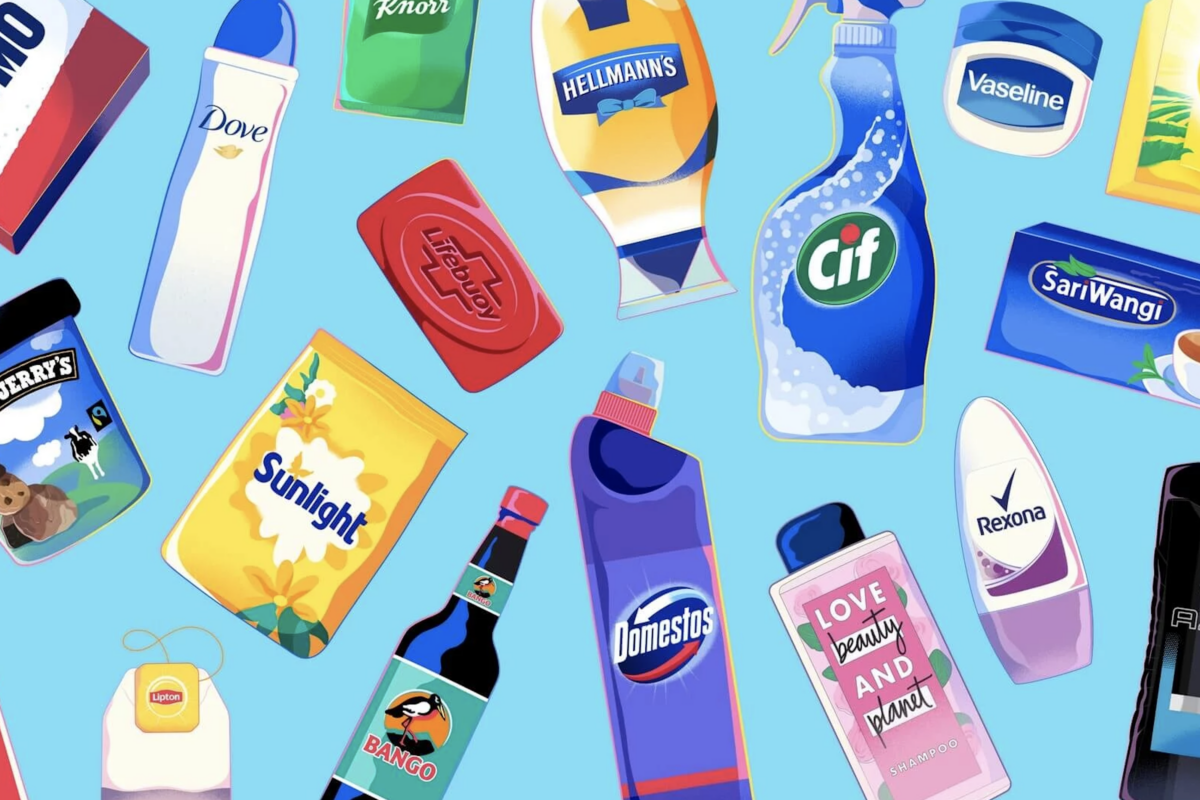The way to win in the marketplace, to gain profitable growth, is not to be preferred over competitor brands in established subcategories but, rather, to generate offerings so innovative that they create new categories or subcategories making competitors irrelevant.
There are plenty of examples of brands in the automobile space that have done just that such as Jeep, Ford Thunderbird, Ford Mustang, VW bug, Pontiac Firebird, Dodge Caravan and Plymouth Voyager, Lexus LS 400, Mazda Miata, Saturn, Prius, Minicooper, Nano, Enterprise Rent-A-Car, and Zipcar. More easily said than done. Let us look quickly at two examples of automobile brands that have been successful at creating new subcategories and then see what the learnings are.
The Chrysler minivan, first introduced in 1982 as the Plymouth Voyager (pictured) and Dodge Caravan, sold over 200,000 units in the first year and over 12 million to date. The concept of a “garageable,” roomy van for families that had the comfort of a car was first proposed by Lee Iacocca, then president of Ford, several years earlier but rejected by Henry Ford in part because Ford lacked the necessary front wheel drive and because it enjoyed a healthy station wagon business. Iacocca had the chance to implement his vision when he became CEO of Chrysler after being fired from Ford. The timing was right. Chrysler had just introduced a front wheel car, had no station wagon business, and was in financial crises — desperate for a new model.
Chrysler would enjoy a full 16 years with no viable competitor. After pioneering the minivan concept they continually improved it and in the process changed the very definition of a minivan. The all-wheel drive in 1990 and the sliding door on the driver’s side in 1995 illustrate. In doing so, the firm posed a moving target. Further, the major competitors had other priorities. In the 1980s, for example, Ford had the F-10 and the Taurus, Toyota the Lexus project, and GM was investing in Saturn, robots (that often did not work), and aerospace and computer software firms. Of interest when Ford introduced the minivan into UK, it positioned it as “first-class” comfort for the businessperson because this target was crucial for a vehicle in this price range (providing cars for employees have income tax advantages in the UK).
Next let’s look at Enterprise rent-a-car, started in 1962 with 17 vehicles in St. Louis and the customer insight that people needed cars when theirs was being repaired. The business grew to nearly a million cars, a staff of 65,000, and a very different car rental business model and strategy than Hertz, Avis, and others. The firm actually passed Hertz in sales during the mid 1990s and in 2008 had sales of $10.1 billion as compared to Hertz’s 6.7 billion and was much more profitable as well.
Enterprise, controlled and run by the founding family, had over 35 years with little competition. Like Chrysler, they continually improved and refined their offering and the perception of their subcategory. They develop exceptional service with the “We’ll pick you up” promise (developed in 1974), high customer interaction standards, and a network that could claim that over 90% of U.S. citizens lived within 15 miles of an Enterprise location. They exploited a cost advantage based on avoiding airport locations with aggressive pricing and service. They also defined the subcategory for other constituencies. For insurance companies and repairs shops, Enterprise developed a special relationship and created the patent protected ARMS system (Automated Rental Management Systems) that provides an electronic interface that handles bookings, billings, payments and more making dealing with Enterprise painless and efficient. For firms, Enterprise offered to manage car fleets. During this long period, Hertz, Avis and the rest focused on the large, profitability business traveler who travels by plane.
These two brief glimpses of two firms illustrate three lessons that apply more generally to those with ambitions to create new categories or subcategories.
Vision
There needs to be a strategic vision that reflects a true unmet need and has the commitment of a dedicated CEO. That means that there is a well-defined target audience with a distinct value position that is differentiated, meaningful, and deliverable. Both Chrysler and Enterprise delivered vision with supporting CEO commitment.
Manage the New Category or Subcategory
Marketing professionals are hard wired to build and manage brands. The key here is the management of the image of and preference to the new categories and subcategories. Just as a brand sometimes needs multiple identities so might categories or subcategories. The new minivan subcategory had another identity for UK business buyers. And Enterprise created different perceptions of its subcategory for drivers, insurance companies, and fleet owners.
Moving Target
There needs to be an ongoing willingness and ability to create barriers to competitors that are continually evolving and affecting the very definition of the category or subcategory. These barriers need to be captured by the brand so that they can be owned and controlled. Competitors need to recognize that the challenge and investment required is always getting higher and the prospects for successful entry are low. Bruce Henderson, the founder of BCG once said that the fundamental rule of strategy is to induce your competitors not to invest in those products where you expect to invest the most.
There are a host of key success factors associated with innovative offerings that create new categories and subcategories that are discussed in my book Brand Relevance: Making Competitors Irrelevant — getting the concept right, identifying the winners, execution, and on and on but vision, managing the new category or subcategory, and being a moving target cannot be missing.
Contributed to Branding Strategy Insider by: David Aaker, Author, Brand Relevance
The Blake Project Can Help: The Brand Positioning Workshop
Branding Strategy Insider is a service of The Blake Project: A strategic brand consultancy specializing in Brand Research, Brand Strategy, Brand Licensing and Brand Education




